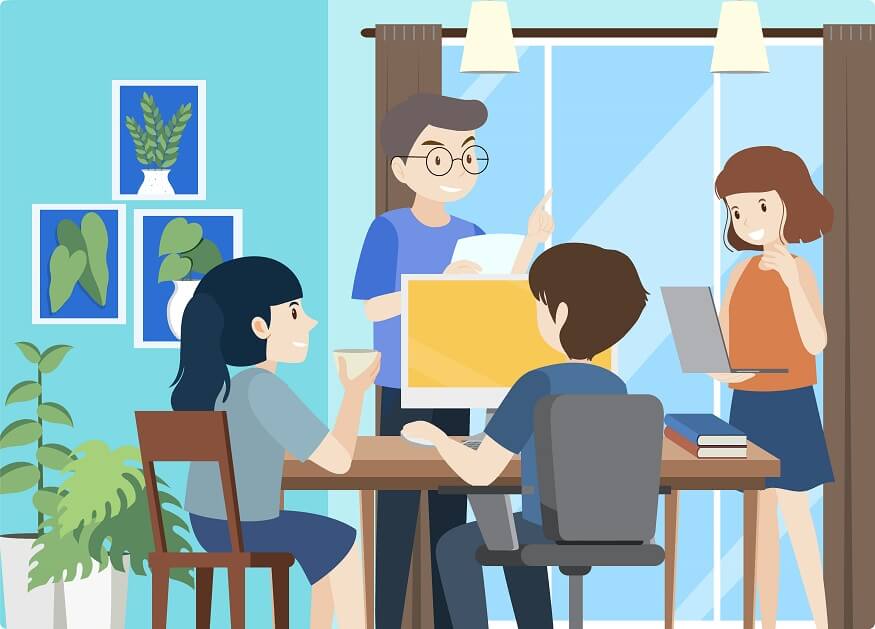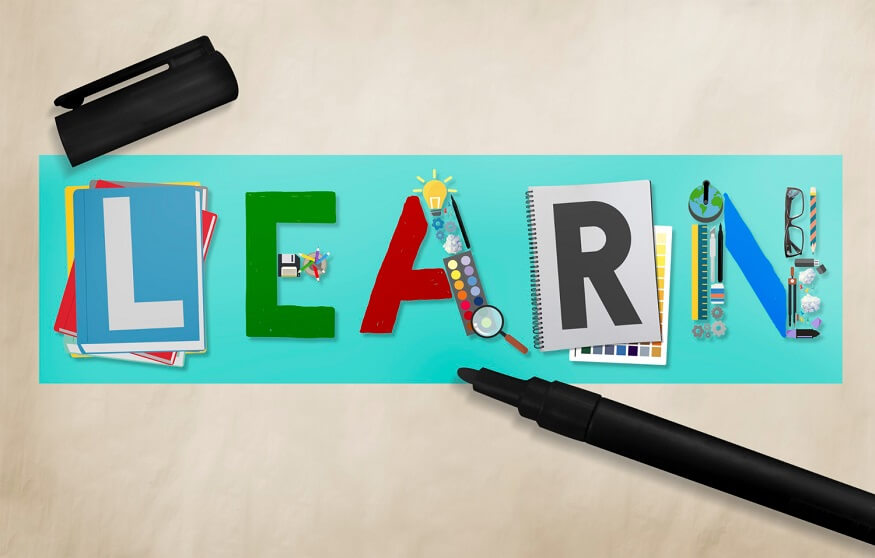A classroom is a group learning setting where learning individually goes hand in hand with learning in a group. Collaboration between classmates is critical to driving group learning or peer learning. Collaboration helps not only multiply learning efficiency but also builds social and interpersonal skills among children. Dividing the class into groups and making them work on tasks as a group is an age-old technique followed by teachers in class. The benefits of this form of collaborative learning are many. Technological innovation, especially in the collaborative space, has further enhanced the effectiveness of collaborative learning. This blog presents 10 useful strategies to build student collaboration and drive collaborative learning in the classroom.
1. Composition of the Group
The composition of the group is a very important aspect of collaboration-based learning. Facilitators must give ample thought to the group composition looking at the personality types, backgrounds, and skill sets of various students as applied to the task at hand. Teachers should have a personality assessment of students accessible so that group composition can be done in an informed manner. This is typically the start of a collaborative learning exercise and if this goes wrong it might lead to the entire exercise in jeopardy. Two opposing personalities in the same group might spoil the dynamics of the entire group. Such starting issues can be avoided if the composition of the groups is well thought out. For certain tasks, specialised skills might be needed which are possessed by only a select set of students. In such cases, facilitators must make sure that students possessing such skills are evenly distributed across groups such that no group starts with an inherent advantage or vice versa.
2. Size of group
Usually, 4 to 5 is an ideal group size for collaborative learning. However, the group size depends on the magnitude and type of the task at hand. Too small a group will result in a lack of diversity of perspectives and dynamics which will defeat the purpose of collaborative learning. Too large a group might lead to chaos and some of the members turning aloof while a select few over dominating the activities. The size of the group can also depend on the number of groups the facilitator can handle or the available quantity of supporting material needed to carry out the task.
3. Assign Roles
Assignment of roles to different team members is an important aspect involved in collaborative learning. For smaller kids, the teacher should assign roles, while for mature students the students themselves can assign roles within the group. Roles can be assigned depending on the personality and behavioural patterns of the students. Sometimes it is also advisable to let the roles be fungible so that role ownership emerges as the task progresses.
4. Group Behaviour
How children behave when in groups is a key determinant of the effectiveness of collaborative learning. It is advised to set certain ground rules for group behaviour. For example, rules such as being respectful to each other, listening to others, deferring judgement, building on other people’s ideas, equity in participation, etc are advisable to motivate good group behaviour to drive collaborative learning.
5. Rules of the game
Depending on the maturity level of the students, it is sometimes advisable to have some rules of the game. It is necessary to bring in a certain degree of method to the madness. Without any rules or constraints, task accomplishment might get excessively delayed. These rules help in keeping the groups motivated and focused towards the end goal. These rules could be about the usage of mobile phones, the language used in discussions, start and end timings, or any other rules that bind the teams to the task.
6. Clear goals and expectations
Specify the end expectations from the group task. Any ambiguity in expectations might derail the process as it leaves a lot to individual interpretation. Define intermittent milestones for status checks to ensure ample progress is being made and that too in the right direction. The teacher or facilitator should keep an oversight on each group, although from a distance without appearing to be micromanaging in nature.
7. Selection of Problems
All problems are not amenable to group work. Facilitators must very carefully select the problem to be assigned to groups for collaborative problem-solving. It is also advisable to give different problems to different groups to bring out the uniqueness of each group’s approach. The degree of difficulty also needs to be balanced. Too easy a problem will fail to challenge the students, while too difficult a problem will also demotivate the children. Teachers may add certain complexities on the way while the groups are working on the tasks depending on the progress they make. The problem should be such that it inspires motivation to solve. A buy-in from the groups on why the problem is worth solving is an essential ingredient for driving motivation and enthusiasm among teams working on solving those problems.
8. Ice Breakers
There might be scenarios where group members may not know each other so well. In such scenarios, ice-breakers are a good starting point to kickstart the collaborative activity. Ice-breakers can help break through inhibitions and hesitancies some introverted children might have. This can motivate them to open up and participate more enthusiastically and be more open to sharing their viewpoints and opinions with their teammates.
9. Evaluation
Like for all learning journeys, evaluation is a key aspect of the collaborative learning paradigm. Each group must be objectively evaluated on the outcome they achieve at the end of the stipulated time given for the group task. Evaluation parameters should be shared in advance so that the teams understand how their performance will be evaluated.
10. Feedback
The evaluation must always follow with constructive feedback. The feedback process can be intra-group where each group member shares their feedback on what went well, what could have been better, etc. Teachers and facilitators can also share group-specific and general feedback, highlighting the key learnings, areas of strength, areas of improvement, etc.
Collaborative learning is a key component of pedagogy at EuroSchool. Our teachers are experts in facilitating collaborative learning tasks where children work in groups and learn from their immersive unique experiences in a highly collaborative environment.










